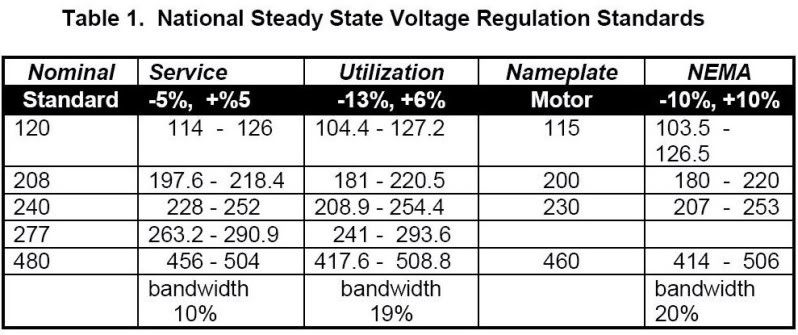K8MHZ
Senior Member
- Occupation
- Electrician
On a t-shooting gig I measured 111 volts at the kitchen receptacles with a load. The load was the range and all the burners on high. Coming out of the meter, I had a low of 113 volts. I checked at the conductors, not the terminals.
The drop is old single conductor and is tied in using split bolts. At first I thought this was a hack job, but looking at the other end of the drop I saw split bolts up there as well. I noticed that all the old drops on that line were connected using split bolts. They once had tape on them, but all that is left of the tape is bit's and pieces.
In the perfect world I would bucket up to the drop and check the voltage there, but that ain't happening.
I at least want to take a look into the meter base. This is in a strictly enforced residential area.
Is 113 volts low enough to get the POCO out to look at things and possibly change the old rat wire out with new triplex?
While that is happening, I could take a peek at the meter socket. Due to the weather here, bad connections in meter bases are not all that uncommon.
The drop is old single conductor and is tied in using split bolts. At first I thought this was a hack job, but looking at the other end of the drop I saw split bolts up there as well. I noticed that all the old drops on that line were connected using split bolts. They once had tape on them, but all that is left of the tape is bit's and pieces.
In the perfect world I would bucket up to the drop and check the voltage there, but that ain't happening.
I at least want to take a look into the meter base. This is in a strictly enforced residential area.
Is 113 volts low enough to get the POCO out to look at things and possibly change the old rat wire out with new triplex?
While that is happening, I could take a peek at the meter socket. Due to the weather here, bad connections in meter bases are not all that uncommon.

